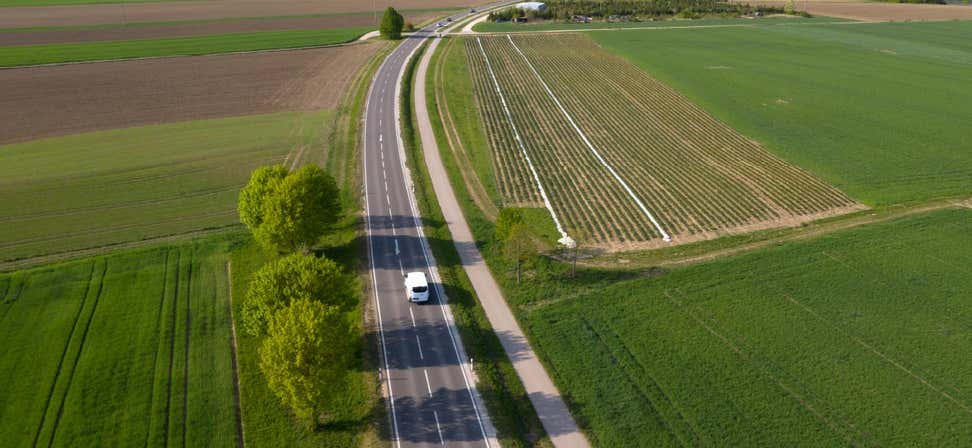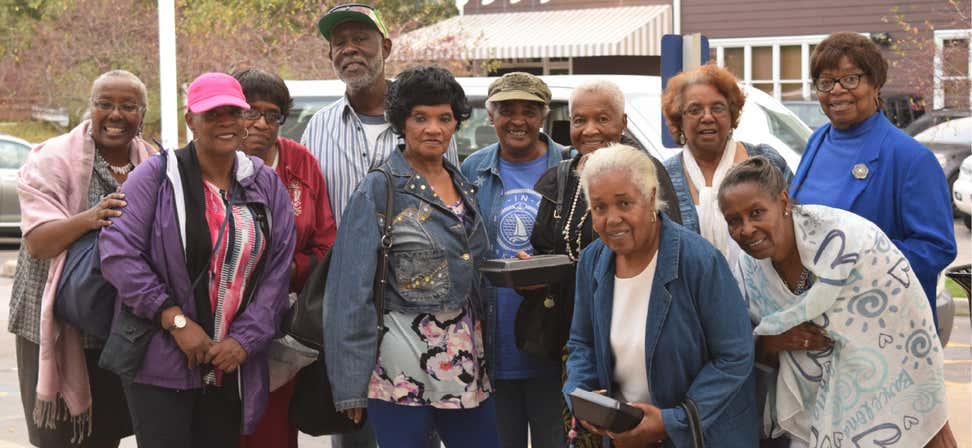Key Takeaways
Local, community based organizations often have creative and thoughtful approaches to ensuring older adults receive information on the federal, state, and local benefit programs.
They can actively listen and adapt to the needs of the communities they serve, making them an essential part of ensuring equitable aging for everyone.
Hear from three community-based organizations and how they are meeting older adults where they are.
What does it mean to ensure equitable access to benefits programs for older adults—and how do we achieve it together? NCOA invited a small group of local partners to tackle this question. Find out how three local partners collaborated on best practices in outreach, awareness, and enrollment among diverse older adults who face systemic barriers to aging well.
How five community-based organizations are meeting older adults where they are
PARS Equality Center, Los Angeles, California
- Population: 3,898,747
- People 65 years and over: 12.9%
- People with a disability, under age 65 years: 6.4%
- Median household income (in 2020 dollars): $65,290
“PARS is home away from home for refugees and immigrants,” explains Peyman Malaz, senior director of Pars Equality Center Los Angeles. “Established in 2010, it was the first community- based nonprofit organization providing direct legal and social services to the Iranian American community, particularly for asylees and vulnerable noncitizens.”
Thea Bowman Center, Cleveland, Ohio
- Population: 372,624
- People 65 years and over: 14.3%
- People with a disability, under age 65 years: 15.8%
- Median household income (in 2020 dollars): $31,838
“Our new mission statement is: We listen to the people of Mt. Pleasant. We learn, and do what they want and need. Our little bitty center provides hope for this community. They reach out to us because they trust us, and we honor that privilege by doing what we can to assist," said BJ Brown, Seniors Services Coordinator.
Borderland Rainbow Center, El Paso, Texas
- Population: 678,815
- People 65 years and over: 12.9%
- People with a disability, under age 65 years: 9.2%
- Median household income (in 2020 dollars): $48,866
"The seniors we serve, many of them only understand English or only know enough to get by. This means that outreach has to have a strong focus on Spanish language materials. It’s a city that is 80% Latinx, making us a proudly bicultural community," said Brenda Risch, Executive Director, BRC.
How three community-based organizations built capacity to provide criticla services to older adults
During a six-month collaborative project, the PARS Equality Center, the Thea Bowman Center, and Borderland Rainbow Center made changes in order to effectively provide services to peope in need in their communities. Here's how:
- 40% changed their services and programs for older adult participants. "Our outreach to seniors is to further engage them and introduce them to resources available to them in the community."
- 100% said their organizations are able to serve more older adults. "We were able to secure tablets and staff that are able to go out into the community to help them process the BenefitsCheckUp tool. We were able to print up flyers and then increase our visibility with advertising on public buses.
- 100% said their organizations have submitted a proposal for funding. "We are seeking funding to expand our programming such as public benefits enrollment assistance and trainings."
- 75% strongly agreed that the collaboration improved their work:
- Increased their knowledge around effective strategies for successful programming
- Helped them reach and educate more older adults
- Helped their organization successfully replicate new outreach and engagement strategies at the local level
- Improved their comfort level with using BenefitsCheckUp to screen individuals for benefits programs
Download NCOA's Equity in Benefits: Best Practices from the Community infographic.








